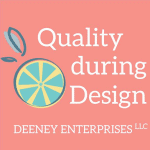
Getting Comfortable with using Reliability Results
We want to engage a reliability engineer in an analysis for our product design. They can help us produce some great information from which we can make decisions. You might be feeling uncomfortable about our team making a design decision based on those results. You don’t quite understand how the reliability engineer came up with the answer. You want to know where that information comes from so you can gauge the level of project risk of our decision.
We peel-back the curtain on reliability engineering methods. We explore reliability engineering’s roots and development, from the 1950’s through today, to better understand the results of an analysis. Having a general understanding of reliability methods can help us get comfortable with using the results.

